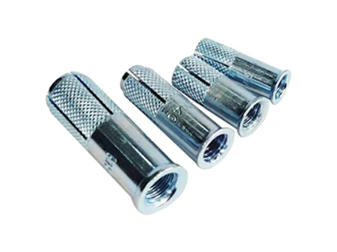ag. . 20, 2024 03:18 Back to list
Specifications and Measurements of M16 Hex Nut for Engineering Use
Understanding the Dimensions of M16 Nuts
When it comes to mechanical engineering and construction, fasteners play a crucial role in ensuring the integrity and stability of structures and machines. Among various types of fasteners, nuts are indispensable components used in conjunction with bolts and screws. One of the commonly used nuts in numerous applications is the M16 nut. This article explores the dimensions, types, and applications of M16 nuts, shedding light on their importance in various engineering fields.
What is an M16 Nut?
An M16 nut is a hexagonal nut with a nominal diameter of 16 millimeters. The “M” designation indicates that it is a metric nut, which follows the International Organization for Standardization (ISO) metric thread standards. M16 nuts are designed to fit M16 bolts, which are also 16 millimeters in diameter. The dimensions of the M16 nut conform to specific standards that ensure compatibility and reliability in mechanical assemblies.
Dimensions of M16 Nuts
The standard dimensions of an M16 nut are defined by the ISO 4032 and ISO 8673 standards, which specify the size, shape, and tolerances of nuts used in mechanical fastening
. Here are the key dimensions of an M16 nut1. Nominal Width Across Flats (W) The distance across two opposite flat sides of the nut. For an M16 nut, this distance is typically 24 mm. 2. Nominal Height (H) The thickness of the nut. Generally, the height of an M16 nut ranges from 10 mm to 12 mm, depending on the type and standard being adhered to. 3. Thread Pitch The distance between threads measured in millimeters. For an M16 nut, the standard thread pitch is 2 mm, which provides a good grip and strength for fastening. 4. Hex Socket Size For M16 nuts, the size of the hexagonal opening to fit a wrench is critical. The recommended wrench size for an M16 nut is approximately 24 mm.
These dimensions are essential for ensuring that the nut can be securely tightened onto an M16 bolt without stripping or damaging the threads. Proper fit is crucial to maintaining the integrity of the connection, especially in high-stress applications.
dimensions of m16 nut

Types of M16 Nuts
M16 nuts come in various types to suit different applications, including
- Standard Hex Nuts The most common type, used in general fastening applications. - Lock Nuts (or Nylock Nuts) These feature a nylon insert that helps prevent loosening due to vibrations. - Flange Nuts These have a wider base (flange) that distributes the load over a larger area, making them suitable for softer materials. - Coupling Nuts Used to join two threaded rods together, providing an extended fastening solution.
Each of these M16 nut types has its own specific applications based on the required strength, resistance to loosening, and load distribution.
Applications of M16 Nuts
M16 nuts are widely used in various industries, including automotive, construction, machinery, and aerospace. In the automotive industry, they are often found in engine assemblies and chassis components. In construction, M16 nuts are used to secure beams, columns, and frameworks to ensure structural safety. Additionally, they are prevalent in machinery, where they secure components under varying loads and conditions.
Conclusion
Understanding the dimensions and types of M16 nuts is crucial for engineering professionals and hobbyists alike. The standard measurements, compatibility with M16 bolts, and various types of M16 nuts make them a versatile choice for many applications. By selecting the appropriate nut for a given task, engineers and technicians can ensure the durability and reliability of their projects, ultimately contributing to safer and more efficient mechanical systems.


